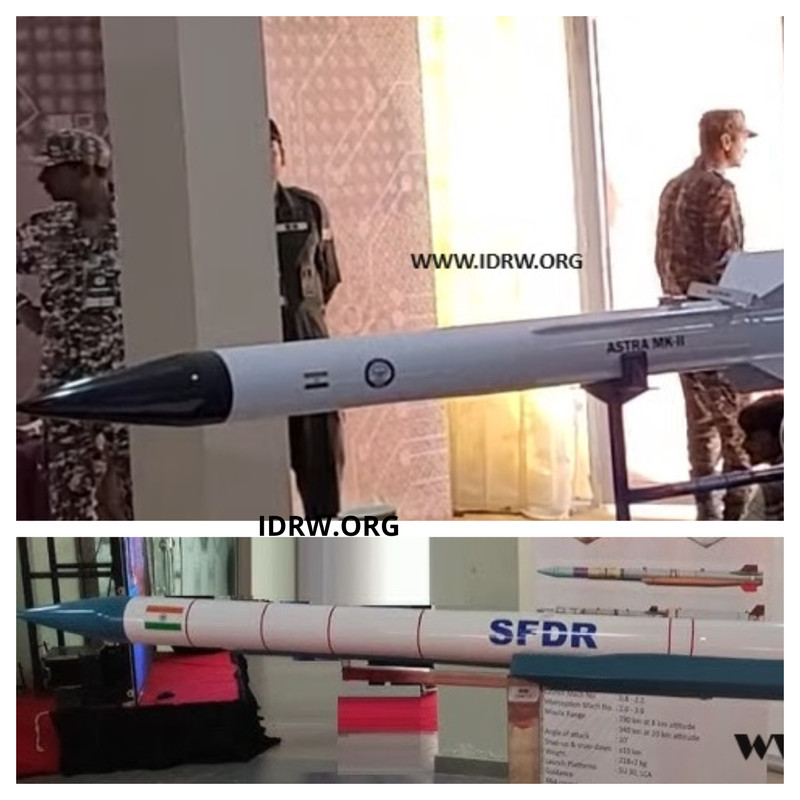SOURCE: AFI

Recent rumors suggesting the Indian Air Force (IAF) is abandoning the Astra MkII BVR-AAM (Beyond-Visual-Range Air-to-Air Missile) in favor of the Astra MkIII which are inaccurate. Astra MkII for Astra MkIII that are under development will be procured in large numbers when it is ready for production.
The Astra MkII utilizes a cost-efficient dual-pulse motor technology, making it a more economical choice for large-scale procurement. This translates to equipping more fighter jets with this potent missile. ramjet-powered Astra MkIII missile boasts an impressive 350km range, enabling the IAF to neutralize enemy threats from much farther distances. While likely more expensive than the MkII, it provides superior long-range strike capabilities.
The Astra MkII and Astra MkIII will cater to distinct operational needs of the IAF. The MkII’s affordability makes it ideal for widespread deployment, bolstering the IAF’s overall air defense capability. Meanwhile, the MkIII’s extended reach offers a strategic advantage in specific scenarios where long-range engagements are crucial against Force Multipliers.
The Astra MkII will serve as the first line of defense, offering a cost-effective solution for countering a wide range of aerial threats at long range. The Astra MkIII acts as a Very long-range deterrent, enabling the IAF to neutralize hostile aircrafts like AWACS and Flight Refueling Aircraft from extended distances before they pose a significant threat.
This two-tier system provides the IAF with the flexibility to choose the most suitable weapon based on the specific threat scenario, ensuring optimal defense at varying ranges. Astra MkII and Astra MkIII missiles serve distinct purposes within the IAF’s arsenal. Discarding either missile would create a gap in India’s air defense capabilities. Instead, the IAF’s planned integration of both missiles signifies a strategic approach to achieving aerial dominance.